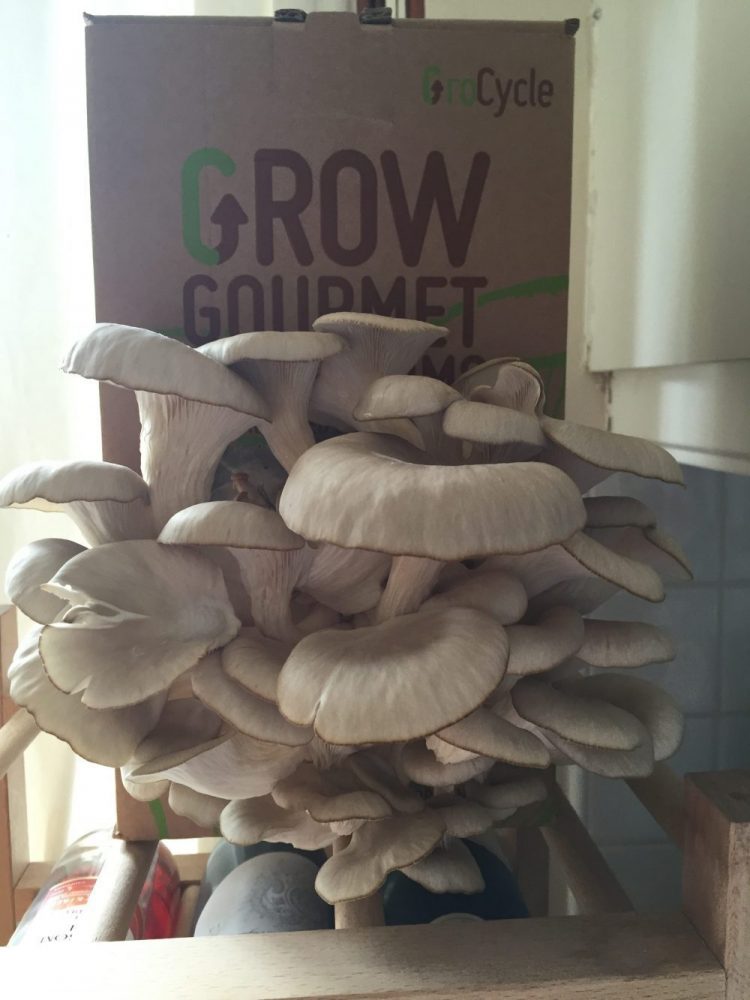
Winter Blues? 4 unique ways to get you out of that rut
*This post may contain affiliate links* or products that have been sent to me for review. You can find out more in my Privacy and Cookie Policy*
This is a collaborative post
Seasonal depression is a form of depression that many people experience during the winter months. It can be triggered by the change in seasons and a decrease in daylight hours.
The term seasonal affective disorder (SAD) was coined by Norman E. Rosenthal, MD, who was the first to describe the condition in 1984. Rosenthal found that people are more susceptible to seasonal mood changes when there is less sunlight and when they live at higher latitudes or elevations. He also found that people with SAD may have more difficulty with concentration, irritability, fatigue, and weight gain than those without SAD.

Step 1 – Practice Self-Care
Self-care is an important part of mental health. It is a necessary practice to keep your mental health in check and to prevent any relapse.
The first step in practicing self-care is to understand what it means. Self-care is the act of taking care of yourself and your needs, as well as the need for others to take care of you. It’s a way for you to feel better about yourself and your mental health, or at least not feel like you have failed at managing it.
It can be anything from going out with friends, talking with loved ones, or staying in bed all day with a book. The important thing is that it makes you feel better about yourself and your life.
Step 2 – Get Enough Sleep
Sleep deprivation is a common problem during the winter months. And it’s not just that we stay up later because of the holiday lights and parties. There are many factors that contribute to this problem.
One of them is what we eat, specifically foods like caffeine and sugar that can make us feel more awake and alert. And finally, there’s the fact that our bodies produce less melatonin during the winter months than they would during other seasons, which can also lead to sleep deprivation. You should follow a good sleep hygiene routine and try to keep your room clear of distractions to help you sleep better at night.
Step 3 – Use Cannabis
It is common for people to experience stress during the winter months when there is less sunlight.
Cannabis has been known to be effective for treating depression and can also help with other symptoms of stress such as low energy, weight gain, and sleep problems. There are different types of strains that can be used for depression, one of the most popular being Jack Herer. For more such strains, you can refer to https://www.purplepenthouse.com/10-cannabis-strains-to-get-you-through-the-winter/ in order to help you battle the winter blues.
There are many benefits to using cannabis as an alternative treatment for seasonal affective disorder as mentioned by many studies.
Step 4 – Socialise Every Day
Everyone wants to feel happy and socialising is a great way to do that. Socialising releases serotonin in the brain which makes us feel better. In addition, socialising helps with the seasonal affective disorder by helping us stay with a strong support system in our lives.
Socialising is an important part of our lives. We often forget how important it is but it’s really the best way to stay happy and healthy. Try to make some plans with your friends and family at least 2-3 times a week. Watch movies, go to the park, or even take a small trip with them.
It is important for us to fight those winter blues so that we do not increase our risk of chronic depression. It can also have some adverse consequences such as low quality of life, insomnia, and weight loss/weight gain. Use these tips to help you battle winter blues.





